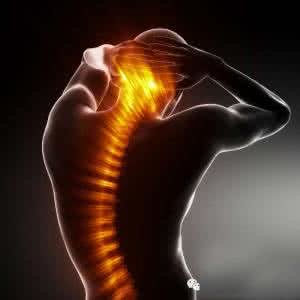Early symptoms of infantile brain tumors?
summary
With the development of modern science and technology, the detection rate of brain tumors in children is higher and higher. However, often to the hospital after being checked out of intracranial tumors in children, the symptoms have been more serious. Tumors grow in the brain, can't see, can't touch, as a child's parents, how can we know the child brain appeared tumor? In particular, some young children have no way to communicate with their parents. What actions and physical conditions of children can reflect the possibility of intracranial tumors, so as to remind parents to take their children to the hospital for examination? Let's take a look at the early symptoms of childhood brain tumors?
Early symptoms of infantile brain tumors?
1、 Vomiting: This is the most common manifestation of intracranial tumors in children. It is easy to occur in the early morning, and it appears at any time of the day with the progress of the disease, showing intermittent and repetitive characteristics. For children, often appear from the mouth, nasal spray like vomiting, and accompanied by headache. We all know that this is a manifestation of increased intracranial pressure, but about 10% of children with brain tumors have recurrent vomiting and no headache; This is often due to vomiting caused by compression and stimulation of the central nervous system at the base of the fourth ventricle. Therefore, when the child has unexplained repeated vomiting, especially accompanied by headache or dizziness, parents should pay attention to take the child for head imaging examination.

2、 Headache: adult headache is very common, most of them are vascular nerve headache or neurosis. However, for children, the organic lesions in headache are significantly higher than those in adults, and vomiting is also accompanied when headache is serious. Infants or young children can't express their headache to their parents. They are often irritable, slapping their heads, grabbing their hair and crying. Parents should pay attention to the persistent restlessness in infancy, which may indicate that the child has a headache, but the child will not communicate with you.

3、 Vision loss and visual field defect: vision loss is very common in children's brain tumors. It is manifested as blurred vision. When children can't see the font on the blackboard clearly at school, it is easy to be found by parents. When young children are playing, parents should consciously ask their children to grab some designated toys to identify whether the baby has the performance of vision loss. Visual field defect refers to the spatial range of vision when the head and eyes are not moving. There are horizontal and vertical visual fields. Some children's brain tumors can cause the centripetal narrowing of visual field. During the examination, the common children's optic papilledema is often accompanied by hemorrhage, which can develop into secondary optic atrophy in a short time, and the vision is seriously damaged. Because children often can't cooperate with the examination, sometimes they need to ask an ophthalmologist to dilate their pupils and check under the examination microscope. Before judging that the child is myopic, parents must do the exclusion examination of brain tumor with the help of neurosurgeon.

matters needing attention
The size of head circumference is very important for infants. A normal child's head circumference may be 34 cm at birth, about 45 cm to 46 cm at the age of one year, and only 55 cm for adults. If the child's head circumference suddenly increases, we should be alert to intracranial tumors.












